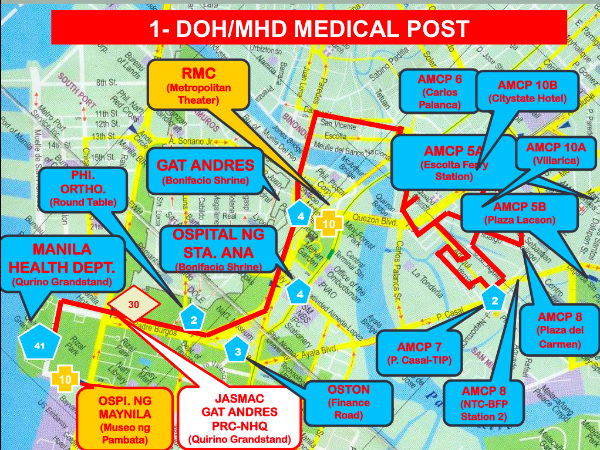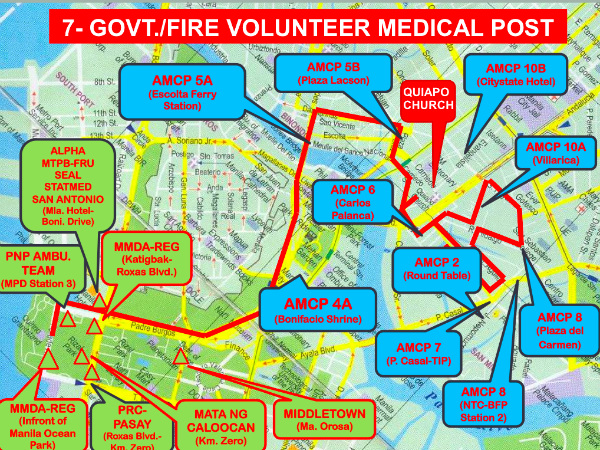
MANILA, Philippines – The risk of diarrhea continues to pose a serious threat to some areas in Catanduanes in the aftermath of Typhoon Nina (Nock-ten), which struck southern Luzon on December 25, destroying water sources.
Local officials fear that the overflow after the heavy rain brought by Typhoon Nina could worsen the condition of water systems, especially after some major water lines were destroyed.
Decay from vegetation and trees that were damaged by the storm could also aggravate contamination, said Provincial Health Officer Hazel Palmes.
In November 2016, more than 100 diarrhea cases were recorded in the province. One of the worst outbreaks happened in Barangay Santo Niño, where at least two residents were reported to have died due to diarrheal disease.
“Some of our neighbors were treated immediately but there were those who were hard-headed. That’s why we lost some lives. There are times when the water coming out of our pipes is discolored. We have been working on making everyone aware that they should boil their water before drinking,” said Gloria Occol, a barangay health worker.
Health officers have been appealing to residents to boil their water for the recommended 10 minutes to 15 minutes before drinking, or get their water from safer sources.
The community was one of the areas that tested positive for fecal contamination before the storm hit in December. Many houses in the village still do not have their own toilets, while the practice of open defecation is unaccounted.
Unaffordable drinking water
Rita Vargas, another barangay health worker in Virac, said many people in her community now buy water from refilling station because it is safer. However, after the storm, the price of one gallon of distilled water increased from P25 to P40 since the stores need generator sets to function.
She said this is an additional burden for them. Most residents in Barangay Santo Niño are abaca farmers, one of the sectors most affected by the recent typhoon. The local government unit In Virac estimated that almost 100% of abaca trees were damaged by strong winds and heavy rain.
“It is really a sacrifice for us. We just persevere,” she said.
Only 5 out of 11 municipalities in Catanduanes are serviced by water districts, which regularly chlorinate their water. However, some chlorinators would not function until electricity is fully restored. Up to 70% of electric posts were knocked down during the storm, according to Catanduanes Governor Joseph Cua.
The quality of other sources of water for drinking and other daily needs are not monitored regularly.
Water bladder installed
On Sunday, January 1, the Humanitarian Response Consortium (HRC) installed a water bladder that could be used to purify up to 5,000 liters of water per batch for about 400 families in Barangay Santo Niño and nearby communities. The project was initiated in collaboration with the Catanduanes Provincial Disaster Risk Reduction Management Council through the Provincial Health Office and the Virac Municipal Disaster Risk Reduction Management Council.
Aqua tablets, which are used to treat water for drinking in emergency situations, were distributed during the installation of the bladder. An information session to explain proper hygiene and water use was also conducted.
“This is just an initial step in assisting local authorities in addressing humanitarian needs in affected areas. We are willing to work with the local government in crafting and implementing a long-term solution related to water, sanitation and hygiene, as well as other needs on shelter and livelihood,” said Bong Masagca, head of the rapid assessment and response team that was deployed in Catanduanes after Typhoon Nina.
The Humanitarian Response Consortium is composed of 3 groups that are activated in emergency situations: People’s Disaster Risk Reduction Network, A Single Drop for Safe Water, and the Rural Development Institute of Sultan Kudarat Inc.
With the support of Oxfam and UNICEF, the team is coordinating with officials from the barangay, municipal and provincial level on what can be done to improve the water, sanitation and hygiene situation in Catanduanes.– Rappler.com




























